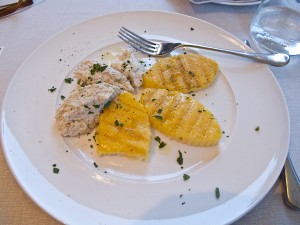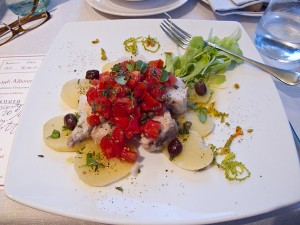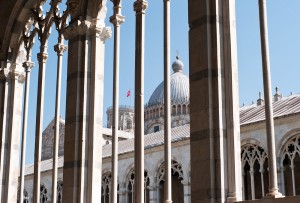Before I start quoting Robert Henri I must say that it feels good to be back in the Hudson Valley. This time I am just visiting, and that is an interesting feeling in itself. I do not feel the need to become too involved in the daily goings-on of my mother’s house other than to fill out some paperwork should it need doing and eat the food that’s put in front of me–no hard task that! Her health is solid and typical for a woman her age with the physical issues she has developed. Nothing dramatic, just a steady plateau of daily living for an octogenarian. There are naps, movies to watch, the New York Times, phone calls from friends and family and more naps.
I have been reconnecting with my friends here as well and have found the same old crowd more or less exactly the way I left them, which I am relieved about. In a world that is constantly changing, sometimes too fast for anyone’s good, it is a pleasant and healthy surprise to find that one has anchors of friendship and support in the old haunts as well as the new.
Right now there is a group of turkeys crossing the lawn, bobbing through the hollow on their way to the pond for a morning drink. I saw some deer last night, some possums too. The hydrangeas are blooming in enormous white balls of tiny flowers; the air is damp and the weatherman predicts hazy, hot and humid today. I meet with the editorial board (of which I am one) of PAGE magazine today for the final layout session before we go to press. This has been a 2-year labor of love, a long time coming and, frankly, I think we are all ready to put it to bed. With that, Robert Henri has something to say on the matter of work…
“All outward success, when it has value, is but the inevitable result of inward living, full play and enjoyment of one’s faculties.”
“Don’t belong to one school [i.e., of thought, ed.]. Don’t tie up to any technique.”
“It is necessary to work very continuously and valiantly, and never apologetically. In fact, to be ever on the job so that we may find ourselves there, brush in hand, when the great moment does arrive.”
“Events and upheavals, which seem more profound than they really are, are happening on the surface.”
“On the surface there is the battle of institutions, the illustration of events, the strife between peoples. On the surface there is propaganda and there is the effort to force opinions. The deeper current carries no propaganda. The shock of the surface upheaval does not deflect it from its course.”
“On the surface, disaster is battled with disaster. Things change. But all improvement is due to what of fundamental law rises to the suface, through the search made by this of the undercurrent.”
“There are painters who paint pictures with spiritual titles but whose motives are purely materialistic.”
“The great masters in all the arts have been whole men, not half men. They have had marvelous fullness in all human directions, have been intensely humane in themselves and in their interests. And if they seem to select, it is because they have so much to select from.”
“A public which likes to hear something worthwhile when you talk would like to understand something worthwhile when it sees pictures.”
“The true character of the student is one of great mental and spiritual activity. He arrives at conclusions and he searches to express his findings. He goes to the market place, to the exhibition place, wherever he can reach the people, to lay before them his new angle on life. He creates a disturbance, wins attention from those who have in them his kind of blood–the student blood. These are stirred into activity. Camps are established. Discussion runs high. There is life in the air. The non-student element says it is heresy. let us have ‘peace!’ Put the disturber in jail. In this we have two ideas of life, motion and non-motion. If the art students who enter the schools today believe in the greatness of their profession, if they believe in self-development and courage of vision and expression, and conduct their study accordingly, they will not find the audience wanting when they go to the market place with expressions of their ideas. They will find a crowd there ready to tear them to pieces; to praise them and ridicule them.”
More to come…
JDCM






